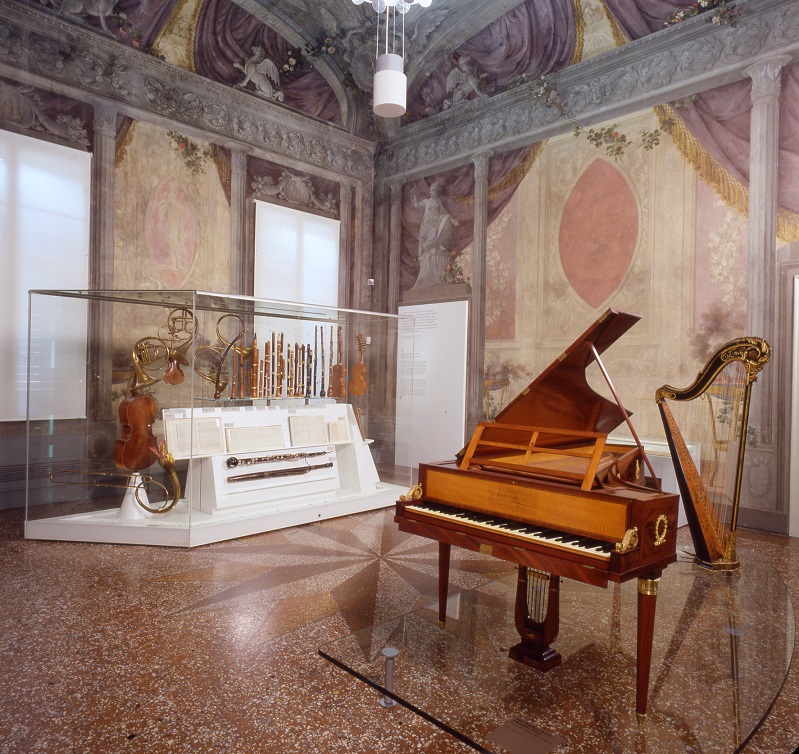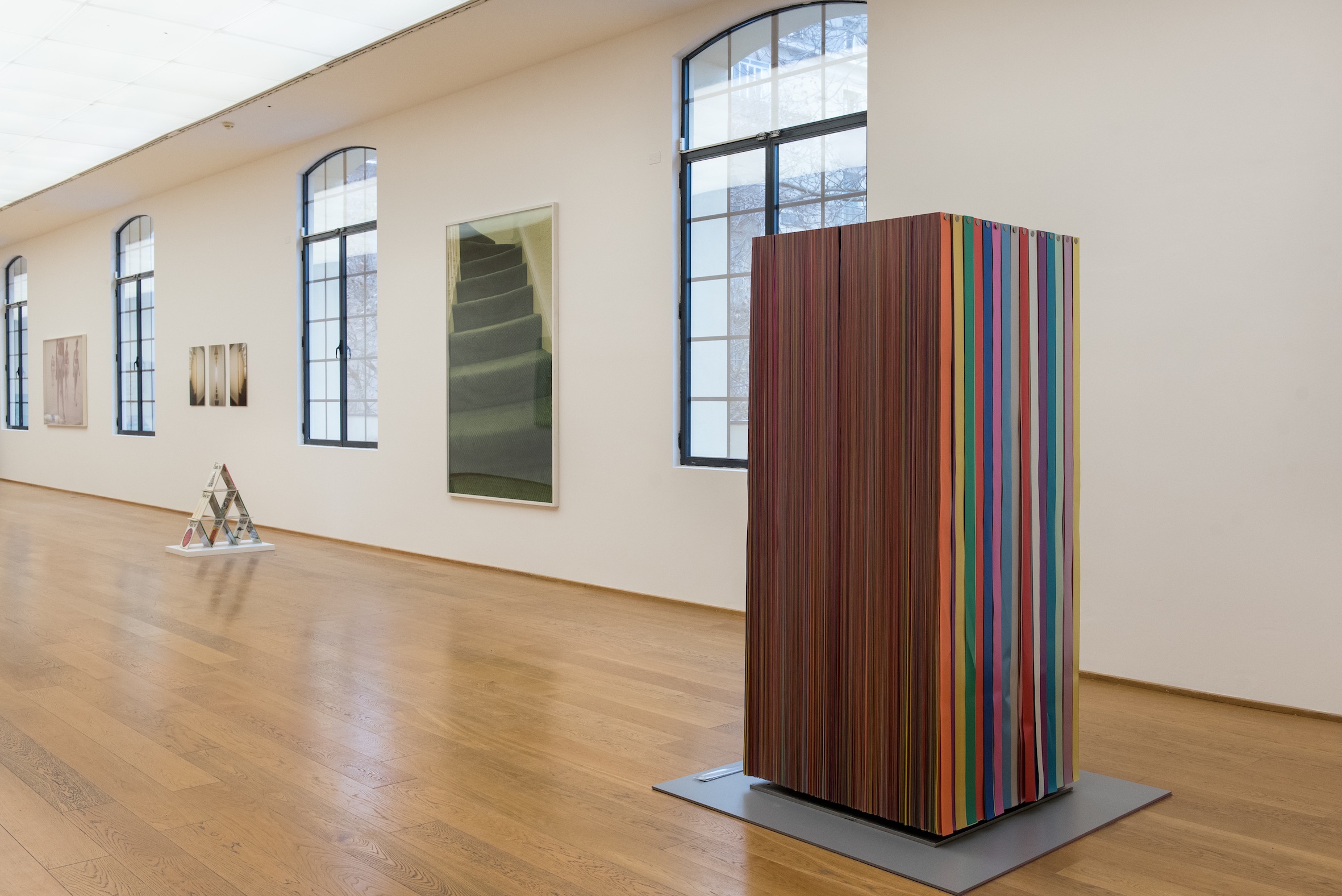We've just arrived in the city. Where are we going?
Our first stop is the
Civic Archaeological Museum, right next to the
Basilica of San Petronio, home to a precious collection of Egyptian antiquities and the territory's longest-known memory: Etruscan, Gallic and Roman art in Bologna. The museum displays a wealth of intriguing and meaningful exhibits and materials, such as the tales engraved on parallel bands in the outer walls of the Etruscan situla made of bronze foil, used to enshrine the ashes of the deceased. We are in Room X, Tomb 68. A sacred procession heads towards two musicians, with sacrificial animals , women carrying the essentials for feasting and, towards the end, a military parade. We like to regard it as a 2500-year old invitation to celebrate with them.

If you decide to browse through the exhibits of the
Medieval Museum, you are likely to reconsider the idea of Middle ages as the "Dark Centuries". In fact, you will wonder at fantastic artifacts such as sculptures, paintings, ceramics, illuminated manuscripts, weapons, ivory, glass and bronze works that testify to the academic life of the world's first-established University (1088). Let's have a closer look at this marble fragment from jurist Giovanni da Legnano's monumental sarcophagus: we can identify students reading, glancing at the Professor or simply daydreaming. And if we take Pope Boniface VIII's 1301 wooden statue by Manno di Bandini, covered in gold, our eye gets captivated by his dazzling sumptuousness and his acute symbolism, both telling of a distant and intriguing universe.

Which museums do you think are an absolute must?
The international
Music Museum and Library is home to the world's last surviving example of printed score (1501, Ottaviano Petrucci), as well as to the three mysterious admission exams taken by a young Mozart to enter the prestigious Accademia Filarmonica.
On the other hand, the
Museum of Industrial Heritage hosts a working 1:2 scale model of a 15th-century Bolognese silk mill representing the golden age of the city's textile production. Not to mention the new space, dedicated to "Future Factories", working as a bridge between past and future technologies.

What about contemporary art?
The permanent collections of the
MAMbo Museum are a true parade of artworks from the post-war period to the present day. Togliatti's Funeral by Gattuso is a prime example of the relationship between art and ideology, whilst the video performance by Marina Abramovic and Ulay bears an important witness to the 1977 International Performance Week and the game-changing role it played on the world stage of the time.
A special wing of the Museum is then dedicated to one of the greatest artists of the last century, the painter
Giorgio Morandi, represented here by a wealth of high-quality artworks, also displayed inside his personal
studio, itself well worth a visit.
Are there any "unusual" museums?
In this respect, I cannot but mention the
Memorial Museum of Ustica. It was way back in June 1980 when the
DC9 Itavia plummeted into the sea during the flight Bologna-Palermo resulting in the tragic loss of 81 people. A grief that still fills the heart of most Bolognese. As to keep imperishable memory of such grievous accident , a devoted museum was opened in 2007 on its 27th anniversary, showcasing the plane wreck within the framework of the permanent installation "A proposito di Ustica" (About Ustica) by artist Christian Boltanski.








